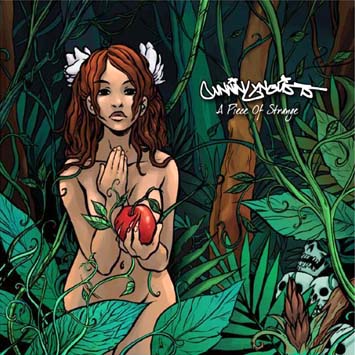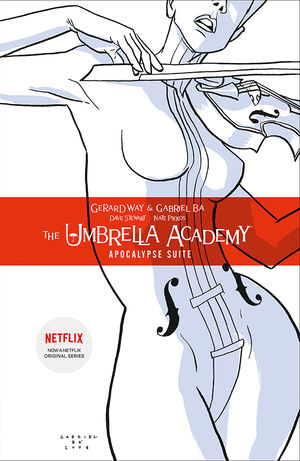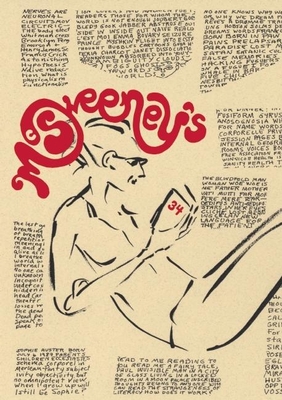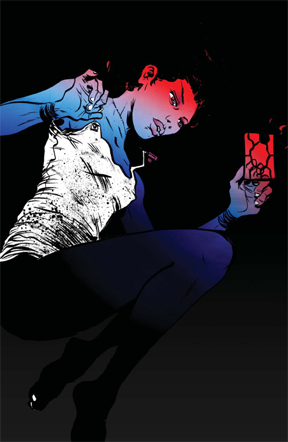There's nothing better than a good collection of short stories, and the
34th issue of McSweeney's
definitely delivers. This 224-page book makes up half of this edition; the other half is a long journalistic piece that I'm going to read next. In this book there are a number of different pieces of short fiction, one example of oral history, and a collection of self-portrait sketches.
My favourite piece in this book is a story called "Twenty Questions" by a first-time author named Bridget Clerkin. It's a delightfully twisted little tale that seems, on the surface, to be about a woman remembering how difficult her mother was during her childhood, while her and her boyfriend play 20 Questions with a child. The flashback scenes contain the random strangeness of the best of David Sedaris's work, and the end of the story, with its revelation about the game that gives it its title, is unexpected and chilling. This is one of the best short stories I've read in ages.
I also quite enjoyed "The Wreck of the Beverley B.", an excerpt from T. Coraghessan Boyle's new novel. This story, which has a pretty self-explanatory title, reminded me of how much I enjoy Boyle's work. It's been years since I read one of his novels, and I should make a point of doing that soon.
Among the other stories I found memorable were Lawrence-Minh Bùi Davis's "Like the Locked Antlers", a story about the Vietnamese-American press and their coverage of Hurricane Katrina; Anthony Doerr's "Afterworld", an interesting tale about memory and the Jewish experience in the Second World War; and Mona Awad's "Your Biggest Fan", about a wannabe rock star and the girl he could always count on for a good evening.
I also enjoyed "Letters From the Academy" by Tom Barbash, an epistolary tale concerning an obsessive tennis coach and his young charge; and Sean Casey's "Conversations With Girls", which is a very bizarre, likely allegorical story, although I'm sure I missed the point, lost as I was among the nine to fifteen feet tall girls with strange limbs and appendages.
The self-portraits did little for me, but the inclusion of Tafi's account of incarceration and torture at the hands of Robert Mugabe's police in Zimbabwe was haunting.
Strangely, I think my favourite part of this book is the letters at the beginning from a variety of authors or 'friends of McSweeney's'. These letters are frequently funny, such as the one that intends to explain red wine to an ignorant audience ("Some famous people who famously drank red wine include Val Kilmer"), or another that recounts the story of a young man discovering his strange uncle in a compromising position with the family's Thanksgiving turkey late one night.
This is a great, eclectic collection of contemporary writing, and I think I'm going to have to become a regular reader.
 by CunninLynguists
by CunninLynguists

























